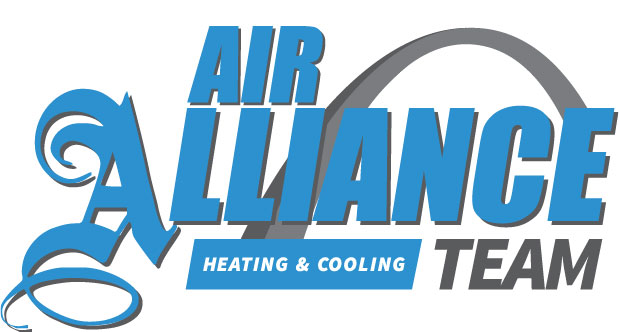
If you’re thinking about air conditioner installation in Ballwin and St. Charles, you should also be looking at your new air conditioner’s SEER rating.
SEER stands for Seasonal Energy Efficiency Rating. Basically, it gauges how efficient your air conditioner is at converting electricity into chilled air. A high number indicates your air conditioner is more efficient, which is good for your energy costs.
However, there are lots of differing models available for air conditioners. And a better SEER rating often is accompanied by a higher price tag. So, how can you find out which one is ideal for your residence?
At Air Alliance Team, we offer a free, no-pressure home comfort analysis. You can request one by contacting us at 636-206-4584. Our skilled air conditioner installers will collaborate with you to help you choose the right air conditioner for your budget. Plus, they’ll also provide you with a free, no-obligation estimate.
For the time being, let’s discuss SEER ratings and how they can impact your loved ones’ comfort. And your energy expenses.
What Does the SEER Rating Even Matter?
In 2016, the federal government created new SEER rules. New air conditioners are required to be at minimum 13 SEER in the north United States and 14 SEER in the southeast and southwest. If you’re not sure when you had your air conditioner replaced or what its SEER number is, you can check the sticker on the condenser outside your house. If you can’t find the sticker, you can give us a call at 636-206-4584 for help.
If your air conditioner was installed before that year, it’s probably much less efficient. Air conditioner technology has rapidly evolved in the past couple of years, with big advances in energy efficiency and smart home capacity. Using your new air conditioner with a smart thermostat could help you spend less on electrical costs, as the thermostat can intuitively change your temperature settings when you’re out.
If your existing air conditioner has a SEER rating between 8 and 10, getting a 14-SEER system could save you around 30–50% on annual utility costs. Your savings are contingent upon your air conditioner size and your temp settings.
Is a Higher SEER Rating Always Better?
An air conditioner with a better SEER rating will be more efficient at transforming electricity for cooling. The most efficient ones, which can go as great as 26 SEER, have ENERGY STAR® endorsement. This designation shows the air conditioner has achieved EPA requirements for energy savings and environmental conservation.
While ENERGY STAR air conditioners are typically more expensive, you’ll normally get the difference returned throughout the years through smaller air conditioning costs. These air conditioners, which are typically rated 16 SEER and greater, use about 8% less power than other new units, according to ENERGY STAR.
One of the largest differences between a 14 SEER and 16 SEER is variable-speed capability. A variable-speed air conditioner can run at different speeds. This fine-tunes comfort for your family while keeping your cooling expenses reduced. It can also keep temperatures and humidity more balanced, since it can work for longer without consuming a lot more energy.
When adding a variable-speed air conditioner, you’ll want to ensure that your furnace or air handler is compatible. This is since your air conditioner depends on this unit’s blower to disperse cold air around your house. Furnaces only work for about 20 years, so if yours is getting old, we suggest getting furnace installation at the same time so you can get all the advantages of your variable-speed air conditioner.
When you’re set to replace your air conditioner, the cooling professionals at Air Alliance Team are available to assist you. Give us a call at 636-206-4584 to set your free home comfort analysis now.
